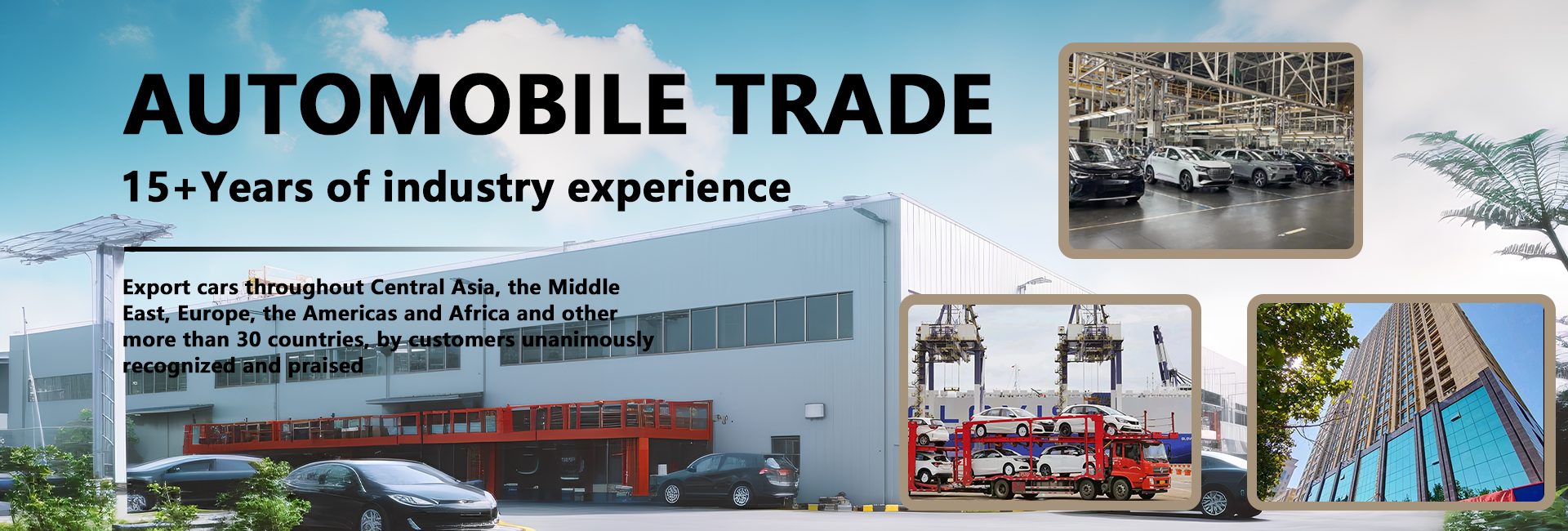
דצמ . 06, 2024 06:11 Back to list
Galvanized Iron Wire Production Facilities and Their Manufacturing Processes Explained
The Importance of Galvanized Iron Wire Factories in Modern Manufacturing
In contemporary manufacturing, the role of galvanization in enhancing the durability and performance of materials cannot be overstated. One primary example of galvanization's utility is in the production of iron wire, particularly galvanized iron wire. Galvanized iron wire factories serve as crucial facilities in various industries, supplying materials that meet the demand for strength, corrosion resistance, and versatility. This article will explore the operations of these factories, the manufacturing process, and their significance in today's economy.
Understanding Galvanization
Galvanization is the process of applying a protective zinc coating to iron or steel. This method significantly improves the metal’s resistance to rust and corrosion, extending the lifespan of the product. The primary types of galvanization are hot-dip galvanization and electro-galvanization. In hot-dip galvanization, iron or steel is submerged in a molten bath of zinc, resulting in a robust and durable finish. Conversely, electro-galvanization involves the application of zinc through an electrochemical process, providing a thinner but more uniform coating.
The Manufacturing Process in Galvanized Iron Wire Factories
The production of galvanized iron wire begins with the procurement of high-quality iron wire rods, which are usually sourced from steel manufacturers. Once the raw materials are secured, the wire rods undergo a series of steps to be transformed into galvanized wire.
1. Drawing The wire rods are drawn through a series of dies to achieve the desired gauge. This reduction in diameter enhances the wire’s tensile strength and facilitates its manipulation into various shapes and sizes.
2. Cleaning Before the galvanization process, the wire must be thoroughly cleaned to remove any contaminants. This step typically includes processes such as pickling, where the wire is submerged in an acid solution to eliminate rust and oxides.
3. Galvanization The cleaned wire is then immersed in a molten zinc bath or treated through electro-galvanization. In hot-dip galvanization, the reaction between the iron and zinc forms a metallurgical bond, creating a layered coating that is significantly more durable than the initial iron wire.
iron wire galvanized factories

4. Cooling and Inspection After galvanization, the wire is allowed to cool and is subsequently inspected for consistency in coating thickness and overall quality.
5. Packaging and Distribution Once the wires pass quality control, they are packaged for distribution. Factories often offer various packaging options based on clients’ needs, ensuring that the product is delivered in optimal condition.
Applications of Galvanized Iron Wire
Galvanized iron wire is utilized across a myriad of applications, underscoring its importance in various sectors. Its resistance to corrosion makes it a favorite for outdoor applications, such as fencing and landscaping. In the construction industry, galvanized wire is used for reinforcing concrete, creating wire mesh, and manufacturing various structural components. Additionally, the agricultural sector employs galvanized wire for fencing and supporting trellises for crops.
Another notable application is in the production of industrial products, such as wire ropes and cables, where strength and durability are non-negotiable. The electrical industry also benefits from galvanized iron wire, as it provides a resilient conductive path, thus contributing to safer and more efficient systems.
Environmental Considerations
As industries increasingly prioritize sustainability, galvanized iron wire factories are also adapting by implementing eco-friendly practices. The zinc used in galvanization is recyclable, and many factories are investing in technologies that minimize waste and reduce emissions. Responsible management of resources ensures that the production of galvanized iron wire aligns with contemporary environmental standards.
Conclusion
Galvanized iron wire factories play a pivotal role in modern manufacturing, providing essential materials that enhance the durability and functionality of various products. Understanding the galvanization process and the applications of galvanized iron wire underscores its significance in our daily lives. As industries evolve, these factories will continue to adapt, ensuring that they meet the needs of their customers while embracing sustainable practices. The future of galvanized iron wire production looks promising, with ongoing innovations poised to meet the demands of a rapidly changing market.
-
Premium 26 Gauge Galvanized Steel Coil Maker | Quality
NewsJul.31,2025
-
Electric Vehicles for Sale: New Cars, Used Cars & NIO ES8 Offers
NewsJul.30,2025
-
BYD New Energy Vehicles: Innovative New Cars for a Greener Future
NewsJul.29,2025
-
New Energy Vehicle with High Cost Performance & Endurance
NewsJul.29,2025
-
Buy New Car Online – Great Deals & Trusted Used Car Options
NewsJul.29,2025
-
China 14 ft Metal Roofing Price Factory | Durable & Affordable
NewsJul.28,2025